All About Field Mint
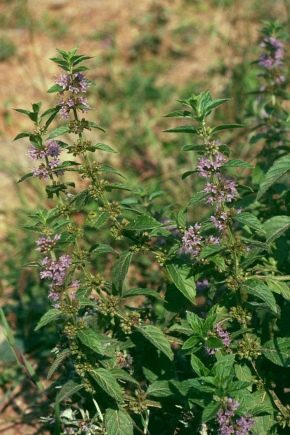
It is impossible to tell everything about field mint in a short publication - its prevalence allows you to find the plant in India and Nepal, in the Caucasus, in Western and Eastern Siberia, in Russia and in Europe. Therefore, it is called the Eurasian species. The habitats are no less variable - the shores of natural reservoirs, fields, swamps, slightly wooded areas, and adjacent territories. In the Russian Federation, field mint is included in the register of weeds with long-term growth, but in fact it has found wide application in folk medicine and as a flavoring agent.
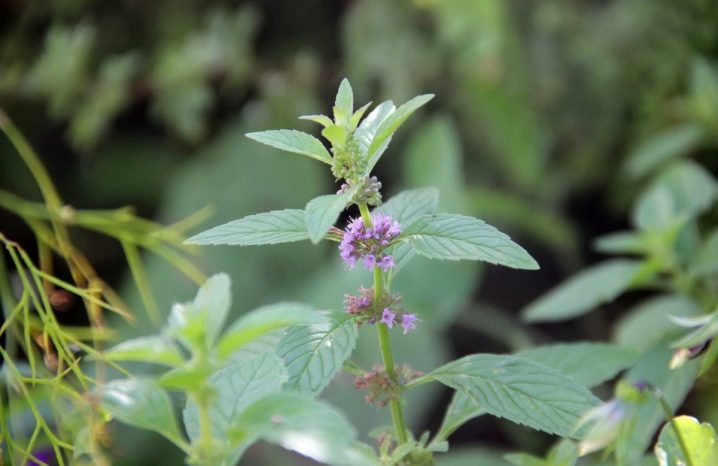
Botanical description
Field mint is a perennial plant that grows primarily in the wild. This species is not like peppermint, which is widely cultivated in summer cottages and backyards, but it is also used as a flavoring agent. It is a separate species of the genus mint, which belongs to the family of lamb or labiate. Meadow, wild or corn - all these are vernacular folk names of the same species.
It is distinguished not by its distribution area (from Europe to Siberia and Asian countries), but by its location in its natural habitat. Perennial grass prefers moist places where it can easily satisfy its hypertrophied need for water. It is suitable for slightly acidic, slightly clayey soils, the shores of natural reservoirs, wetlands, damp and humid forests and meadows. These are places where a perennial plant with a specific aroma feels at ease and comfortable.
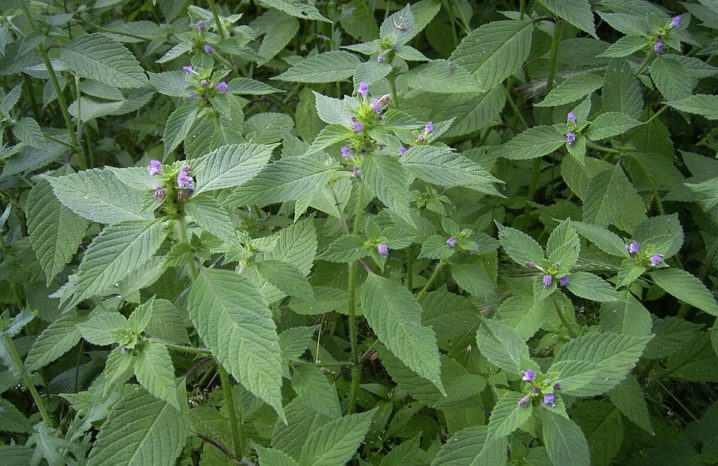
In contrast to the amateurish descriptions of what a weed looks like when entered in the official register, scientific accurate indicates some signs acquired in nature due to climate differences, permanent weather conditions and preferred germination.
-
Strict limitation in height 70-100 cm in some cases, it can be replaced by stunted stature - from 15 cm.
-
Stems - branched or erect. In general, fluffiness, downward-oriented hairs can be green or reddish. It is indicated that the stems are erect, but under the influence of the natural conditions of germination, their straightness can change, although the plant retains its inherent hollow structure.
-
Leaves in size they can vary in length from 2 to 7 cm, and in width - from 1 to 3 cm. They also have pubescence, hairy coverage, but the shape can be different - ovoid, oblong, close to oval or elongated, flowing into elliptical. Common features are lace cloves along the edge, hairs, and a pointed tip. Color - green, of all kinds of shades, which are determined by age and habitat.
-
Small inflorescences, are located in false spherical whorls, but can also differ in shades - from lilac to pinkish, or even purple in a cup, shaped like a small bell with a wide rim. They are located on a naked or fleecy pedicel.
-
There are no particular differences in the erems. The fruits are single-seeded in each of the four constituent parts and look like small nuts. All 4 parts develop harmoniously, they are round in shape, slightly dull at the top, represent the so-called fractional fruit.
-
Creeping rhizome strong, sometimes penetrates to a considerable depth. Nature provided it for the ability to gain a foothold in moist soil, spread to the adjacent territory, and resist aggressive destruction.
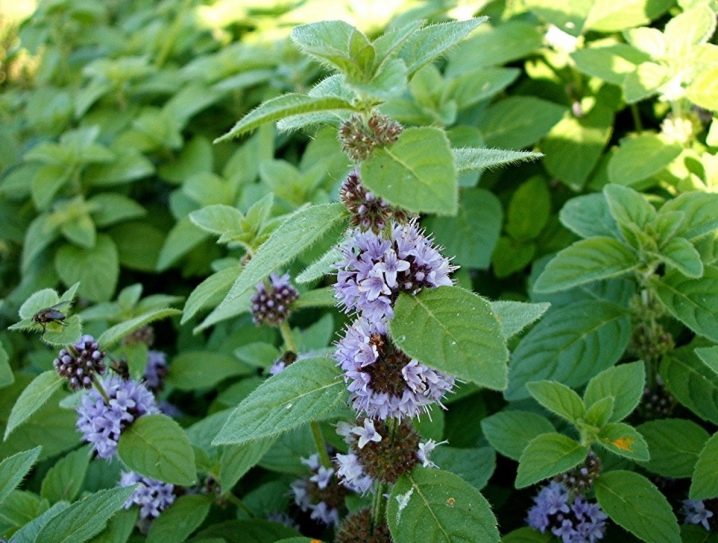
The family of Labiates is extensive and numerous. There are almost 8 thousand species in it.
Their characteristic feature is the presence of active compounds of plant origin and essential oils. In human civilization of any origin, luciferous plants occupy significant positions - suffice it to recall lavender, rosemary, sage and marjoram. The name mint was obtained by a plant in Ancient Greece named after a nymph, transformed by a jealous Persephone into a fragrant plant.
Oregano, or forest mint, got its Russian name for its pleasant aroma. She resembles her family counterparts a little, but she prefers not wet, but dry and sunny places, mountain slopes and well-lit forests.
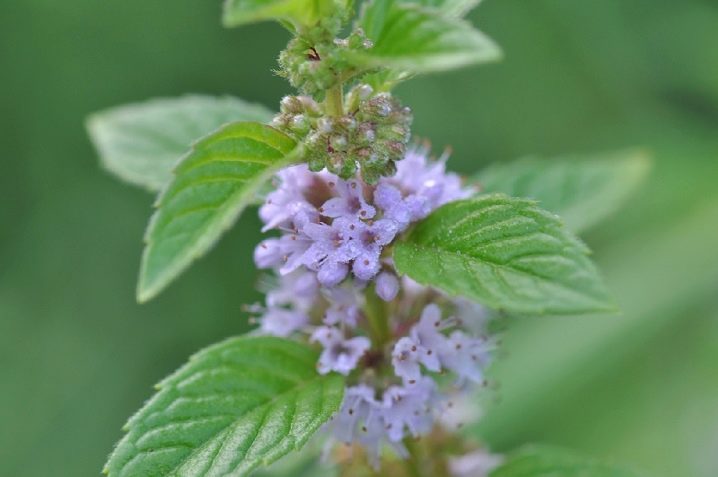
Growing
The time when people walked around the approximate habitats to find plants that could be useful in healing and cooking are long gone. Now such crops are grown on an industrial scale or on their own land. Field mint grows well in temperate climates (especially in central Russia). She is willingly turned on for their own needs, and she takes root so well that then she has to deal with its total spread.
The undoubted benefits of the plant are a weighty argument in favor of establishing a wild culture:
-
the peduncle has a huge attractiveness for insects and contributes to pollination of crops planted on the site or in the local garden;
-
Field mint essential oil contains menthol and terpenes - active compounds, carotene and rutin, flavonoids and organic acids;
-
it can be used in the preparation of various products, widely used in folk medicine, anesthetic, disinfecting, antitussive, antiemetic action;
-
this is not an uncommon part of fees for medicinal baths and soothing compositions of medicinal herbs;
-
culture can be used as decorative thanks to the effective vegetative massshading plants on long stems with large flowers;
-
young shoots are put in drinks, teas, sauces, vinegar, baked goods, salads - to obtain a pleasant aroma and additional flavor in dishes.
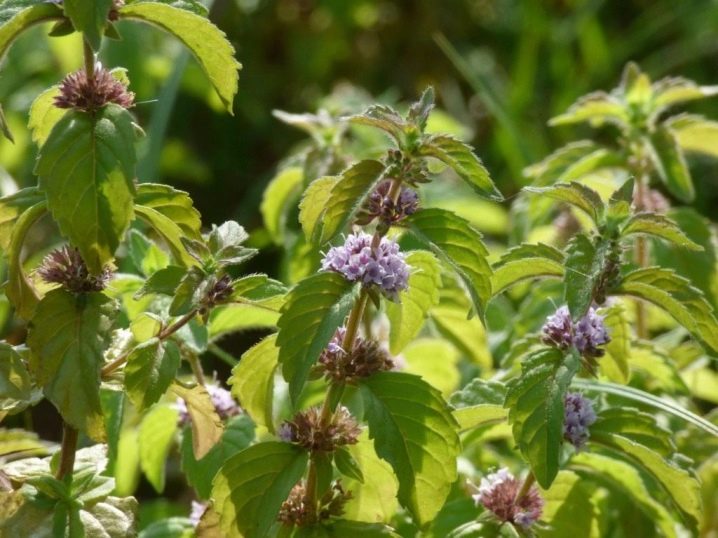
An unpretentious culture does not require special ceremonies and precautions. It will come in handy on the farm, especially if you collect it correctly and store it in proper conditions.
For field mint, you can allocate areas that are unsuitable or undesirable in the cultivation of cultivated plants.
Her usual habitat is clay soil, shade. High humidity is not an obstacle, but favorable conditions in which it accumulates especially many valuable biological compounds. There is another method that is used to obtain vegetative mass and a large number of young shoots - planting in a lighted area. Here meadow mint will spread slowly but will produce more leaves and branches.
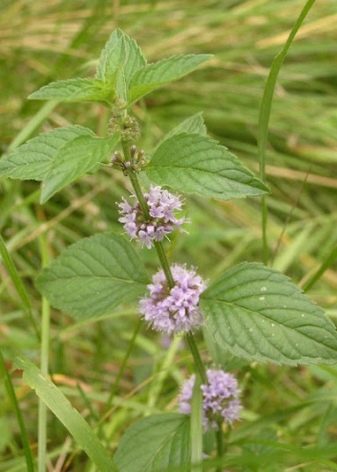
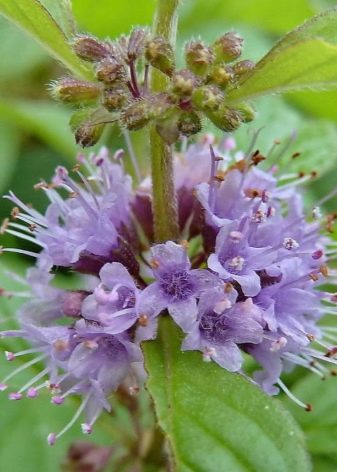
Experienced breeders advise planting a wild plant near shrubs, or allocating some space for it so that it can multiply by root shoots. An excellent solution is to plant under trees, where the labiate variety will have a lot of familiar shade.... This decision is opposed by gardeners who feed and process their garden from potential pests: this circumstance makes the plant unsuitable for food and medicinal needs.
All that field mint needs to grow comfortably is diffused lighting or lacy shade, good humidity and free space. People living on the shores of natural reservoirs can use plots located outside the territory of land ownership for its cultivation: field mint does not require soil to be dug or fertilized for it, it feels great in places with permanent moisture, darkened and clayey.
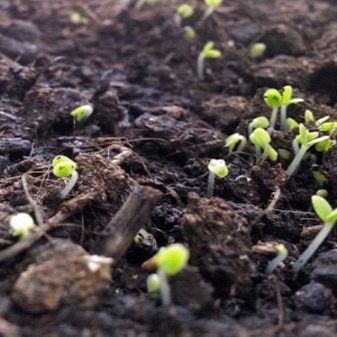
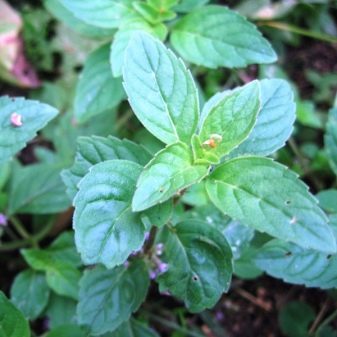
For planting, you can use rhizomes or stems. The first ones are transplanted immediately, the second type of planting material is placed in water until the roots appear.Thinning the plantings annually, without flooding with water and removing other weeds from the site, you can maintain the site in order, preventing the appearance of the fungus to which it has a tendency. Infected plants cannot be treated with pesticides, so they are simply removed.
This circumstance is an additional argument in favor of landing in a free area, unsuitable for ordinary needs.
When mint fleas, ticks, aphids or leaf rollers with damaged plants appear, they do the same - they are removed, allowed to dry and then simply burned along with the rest of the garbage.
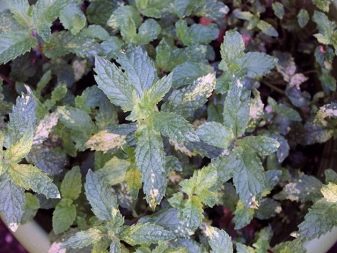
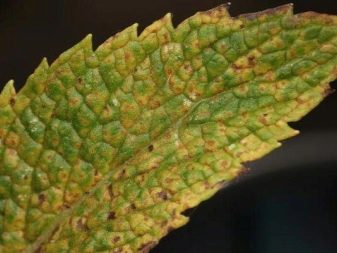
Collection and storage
For food and medicinal needs, experts recommend cutting off young shoots, you can cut stems with leaves, but only when the mint reaches a height of at least 12-15 cm. It is believed that they contain the highest concentration of essential oils and active biological compounds. The algorithm of actions is not much different from the collection of other medicinal plants. Having cut off the desired part, it is washed and laid out in a thin layer on a natural material that absorbs moisture well. For this, it is impossible to use metal surfaces, darkened places with insufficient aeration. The key to preserving cut plants is to prevent mold and rot. Cut mint is regularly stirred and turned over where it is laid out to dry.
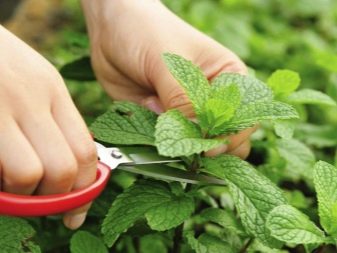
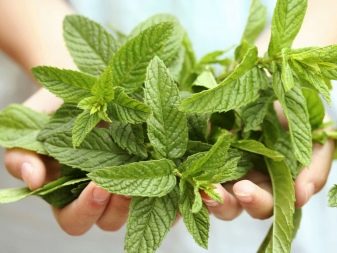
The optimal time for this is the appearance of buds.... It is just before flowering that young stems accumulate abundant amounts of essential oils and active compounds. Some gardeners extract the essential oil from freshly harvested shoots. Those who prefer to harvest dried for the winter place dry parts in glass jars with lids or in bags made of natural fabric (cotton, linen, matting). They should not be stuffed or lie in a lighted place with high humidity.
The most favorable storage conditions are a dark place with good ventilation - a cupboard in the kitchen, a pantry, a glazed loggia.
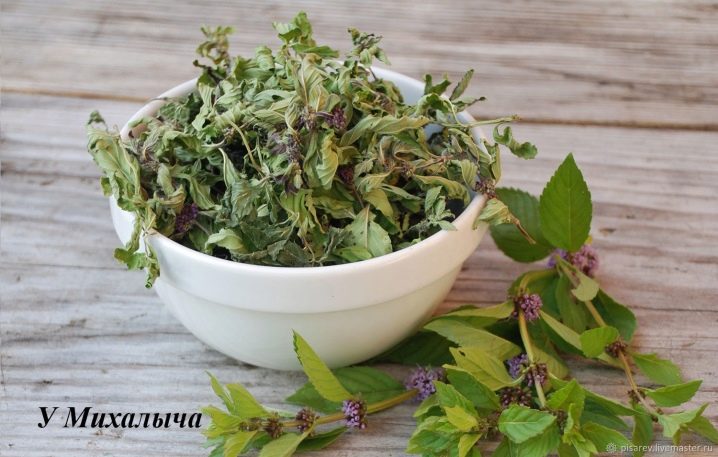
Field mint is widely used in the pharmaceutical industry for the preparation of medicines for heart disease. Therefore, using it internally in the form of infusions and solutions, using it for the preparation of drinks, one must not forget about one's contraindications and chronic diseases.














The comment was sent successfully.